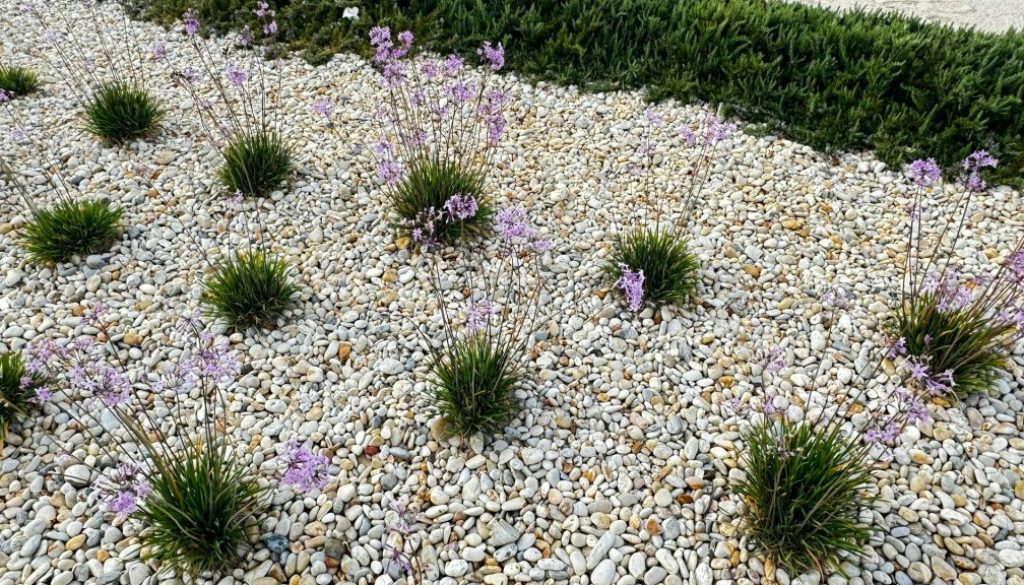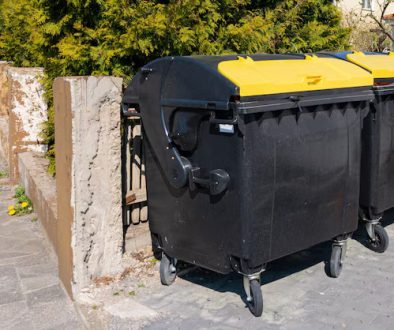Ever thought about how you could breathe new life into your old aggregates? Transforming them into stunning garden features is a fantastic way to enhance both your outdoor aesthetic and the environment. By repurposing what you already have, you can create unique and appealing designs while promoting a greener lifestyle in Cheshire.
Imagine stepping into your garden and being greeted by a beautifully structured path or a striking water feature – all crafted from recycled materials. It’s practical and innovative, allowing you to keep your outdoor space both functional and visually pleasing. Whether you’re a seasoned gardener or a novice, turning old aggregates into beautiful garden features is a rewarding journey that combines creativity with sustainability.
Choosing the Right Aggregates
Picking the correct aggregates is key in crafting stunning garden features. Here’s what you need to consider when diving into your garden transformation:
– Types of Aggregates: The options are vast, from gravel and crushed stone to pebbles and slate. Each type offers its unique texture and appearance, perfect for different areas in your garden.
– Durability and Size: Consider how much wear and tear your chosen area will face. For pathways, opt for smaller, durable aggregates like gravel or crushed stone for a firm grip. In contrast, garden borders might look more appealing with larger, decorative pieces.
– Colour and Style: The visual aspect is just as important. Choose aggregates that complement existing elements in your garden. Earthy tones can create a natural look, while brighter colours provide contrast and interest.
Selecting the right aggregates isn’t just about aesthetics; it also involves thinking about functionality. Are you hoping for lush garden pathways or distinctive water features? Or maybe you want charming borders to showcase your plants? Making considerations like these will ensure your choice of aggregates enhances both the beauty and utility of your outdoor space.
Creative Ideas for Using Aggregates
Revamping your garden can be as easy as reimagining the use of aggregates. With a splash of creativity, old aggregates can become standout garden features. Let’s explore some transformative ideas.
First up, pathways. A well-crafted path guides guests through your garden, showcasing your plants and design ideas. Use crushed stone or gravel, setting them in curving or straight paths leading to focal points like a bench or fountain. For added charm, you can mix in coloured aggregates to highlight specific areas or create patterns.
Garden borders are another fantastic idea. Aggregates make durable, attractive edges for garden beds. Larger stones work well here, forming a neat boundary that keeps soil in place and adds visual appeal. Plus, border edges made from contrasting colours can set off your plants, making the flowers and greenery pop.
Don’t forget about water features. Aggregates can be incorporated into ponds or fountains, providing texture and interest. Pebbles can line the bottom of a fountain, helping to guide water flow and create a tranquil sound. If you have a pond, consider using aggregates to form a natural-looking edge, blurring the line between land and water seamlessly.
Steps to Prepare and Lay Aggregates
Before you begin your project, a little preparation goes a long way in ensuring the best results. Here’s a practical guide to getting started with your aggregates.
1. Prepare the Area: Clear space where you’ll lay the aggregates. Remove weeds, debris, and level the ground. If you’re making a path, consider using a weed barrier to minimise maintenance.
2. Select and Spread: Once the area is ready, spread your chosen aggregates evenly. For pathways, ensure a depth of at least 5cm to make the path stable. Use a rake to distribute the stones evenly.
3. Compact and Finish: Finally, compact the aggregates to secure them in place. This stops them from shifting and gives a polished, finished look. Consider an edging material like brick or wood to keep aggregates contained and define the space.
A well-prepared base ensures that your aggregates do their job beautifully, whether highlighting paths, borders, or water features. Taking time at this stage can transform your garden into a serene retreat.
Maintaining Your Aggregate Features
Keeping your garden features looking fresh requires regular maintenance. Here are a few straightforward tips to make sure your materials stay pristine.
Routine checks are crucial. Inspect your paths, borders, and water features every few months. Look for stones that have shifted or settled and top them up as needed. For areas that see a lot of foot traffic, such as pathways, consider adding a new layer of aggregates periodically to keep them smooth.
Seasonal advice helps too. In Cheshire, dealing with a fair amount of rain is a given. Ensuring adequate drainage under aggregates can prevent pooling. With pathways and borders, keeping them clear of leaves and debris helps maintain their appearance and functionality. A gentle sweeping should do the trick, keeping everything neat and inviting.
By dedicating a bit of time to maintenance, your aggregates can remain a beautiful part of your garden all year long, contributing to a space you can be proud of.
Ready to bring your garden project to life in Cheshire? Choosing quality aggregates is essential for creating striking and sustainable garden features. If you’re looking to manage waste efficiently during your next landscaping project, explore how Macclesfield Skip Hire can provide the right solution. Trust Enviro Skip Hire to support your efforts with reliable service and expert guidance.




